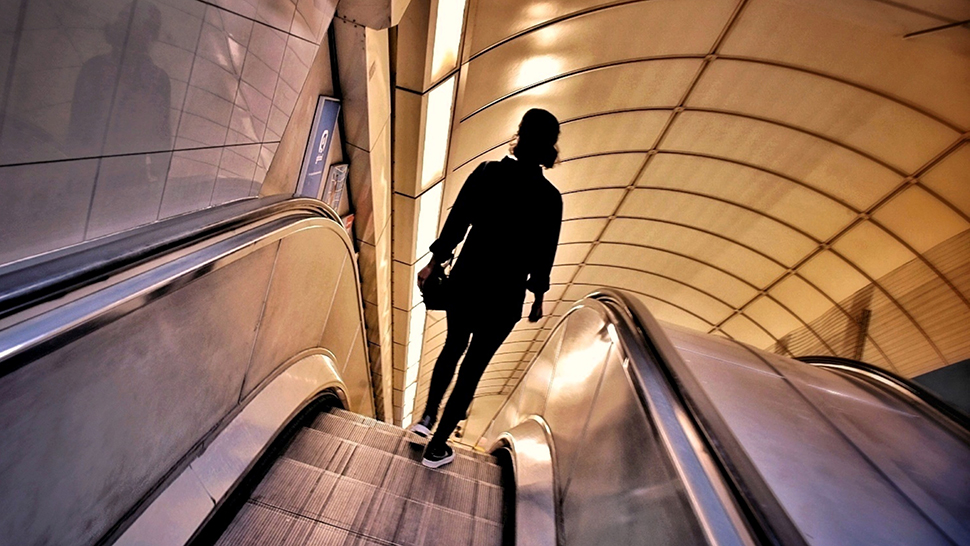
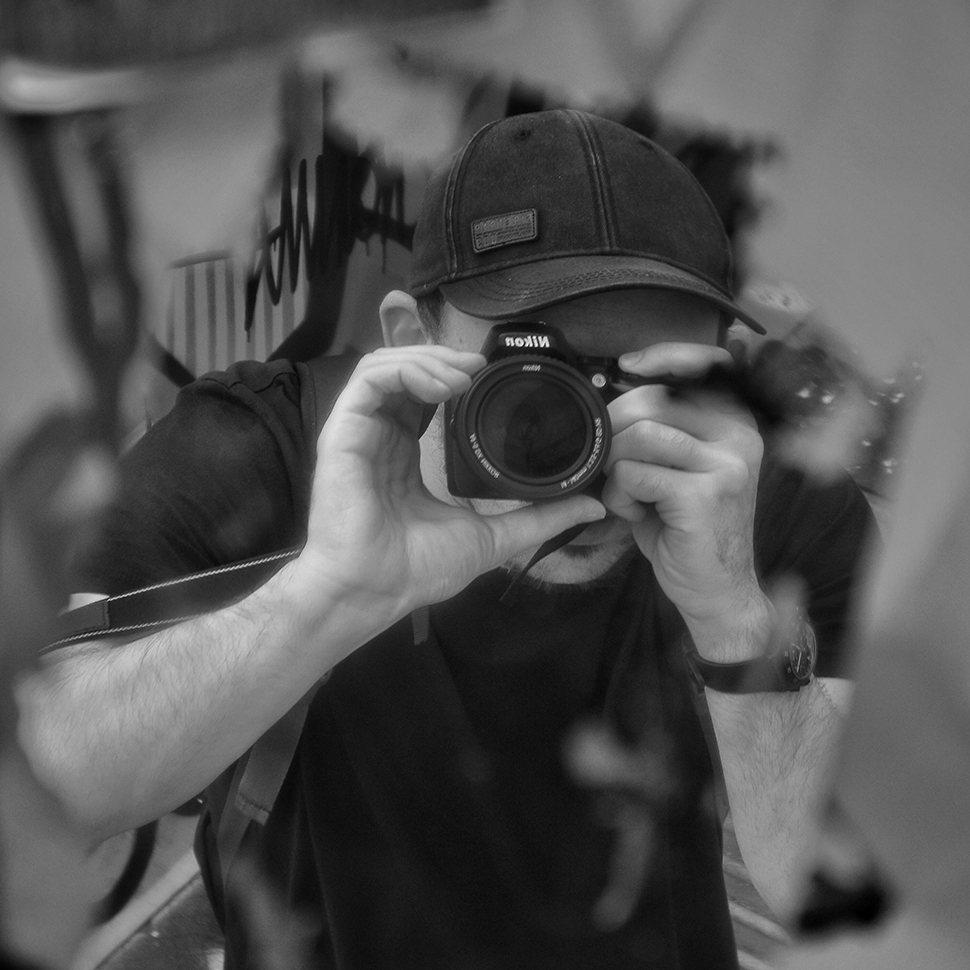
Mission: Capture the streets of London throughout the day, sunset and blue hour
Photographer: Chris Aldred
Location: Bristol, UK
Kit used: Nikon D3500, Nikon AF-S DX 18-140mm f/3.5-5.6G ED VR
Instagram: @aldredvisual
Growing up in Bristol, I was surrounded by the creative wave of local photographers, street artists and architects in my community – and I wanted to be a part of that. My love of photography grew after leaving school, as I observed and learned from others I looked up to.
My journey really began when I picked up my first proper camera, a Nikon Coolpix P510 bridge camera. This allowed me to develop my skills and creative outlook. I advanced onto a Nikon D5100 DSLR shortly after, and then a Nikon D3500. I’ve recently invested in my first Z-series camera, the Nikon Z5, which I’m excited to be using more often in the near future.
I took my trusty D3500 on this trip to London. It’s an absolute workhorse, and has been my go-to camera for a while. It was paired with my AF-S DX 18-140mm f/3.5-5.6G ED VR lens, a versatile piece of kit to suit all environments and subjects. I also had a Manfrotto Element MII tripod, which is nice and light to carry around.
My best shots
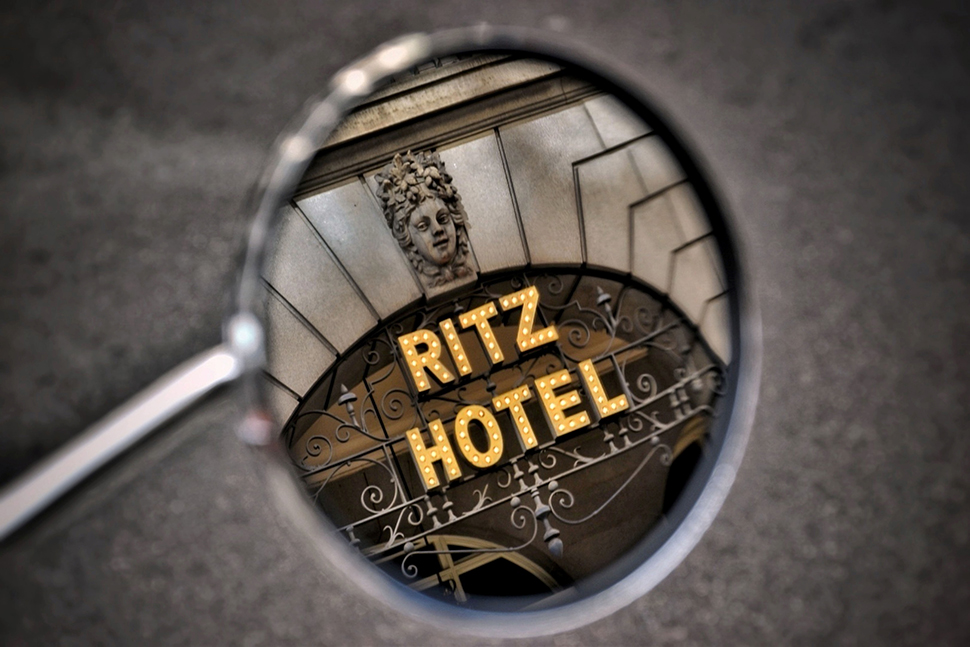
After spending the latter part of the morning walking around Piccadilly, I took a couple of photos of the Ritz, but wanted to find an angle to create something unique within my surroundings. I noticed there were several motorbikes parked not far away, and I couldn’t resist trying my luck with one of the mirrors. It took a few attempts to get the focus right, as the camera was set to Face-Priority AF, but I used the framing grid display to help keep it central. I then flipped the image in editing to make the lettering legible, which I think made the image stand out more.
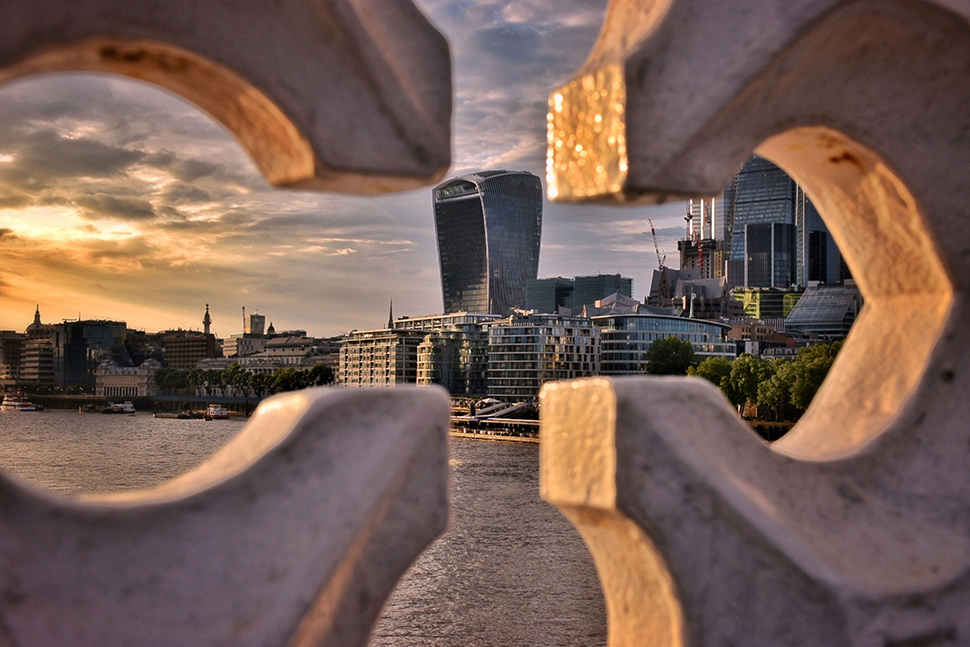
I could tell by the clouds forming above that there was a good chance of a nice sunset (a rarity in London). I walked towards Tower Bridge, wanting to capture something with architecture in the foreground. The pattern on the side of the bridge gave me the perfect opportunity to capture a frame within a frame (although it did raise a couple of eyebrows from some nearby tourists). It took some time to frame the image properly – the ‘Walkie Talkie’ needed to sit in the middle of the pattern – and I found myself racing against the clock so I wouldn’t miss the best light as the sun began to set.
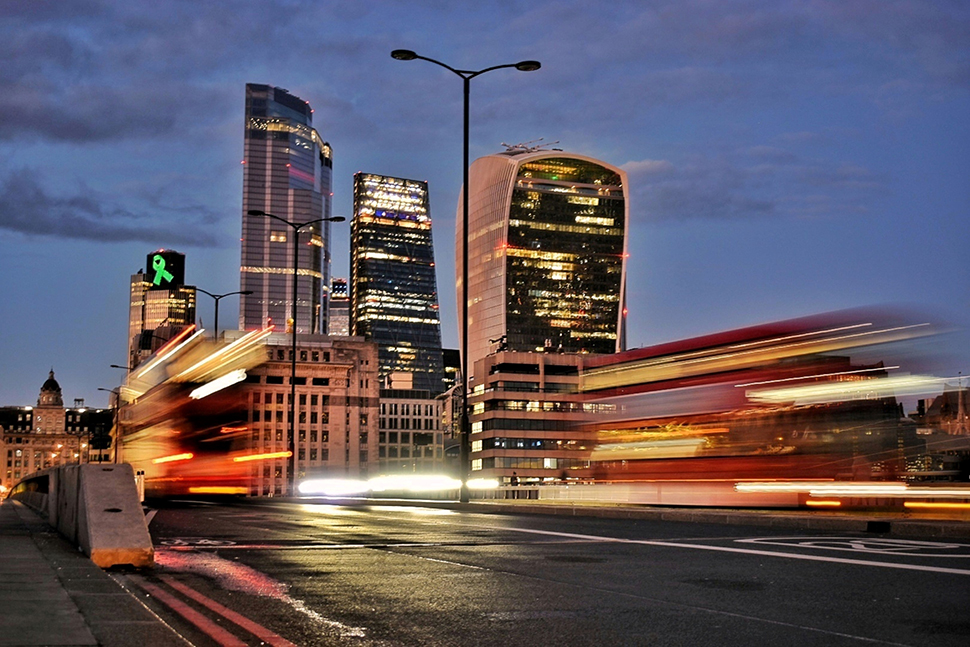
London Bridge can be a busy place, especially with the financial district nearby. I felt it was time to try my luck with my tripod. I had a long-exposure shot in mind – vibrant red buses with iconic London architecture in the background. It can sometimes take a little trial and error to settle on the right exposure length. I opted for just one second, as I didn’t want the blur to look too elongated and artificial.
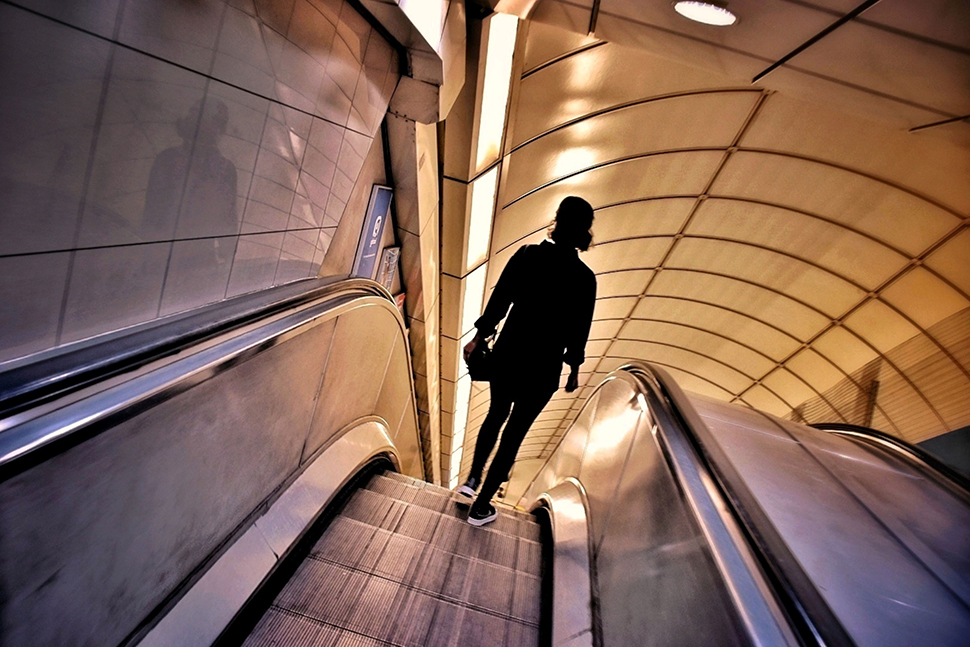
One of my favorite storytelling genres is science fiction, with elements of film noir and dystopian fiction. The London Underground offers a great location to try something that fits these categories. The key with shooting these candid scenes is to respect people’s space and to be considerate (and not use the flash) when taking portraits of strangers.
A slight Dutch tilt (where you rotate the camera to angle the frame) and muted color palette provided me with an image that I initially thought would look good in black and white; but in post-production, color seemed more appropriate. I only altered the highlights and shadows.
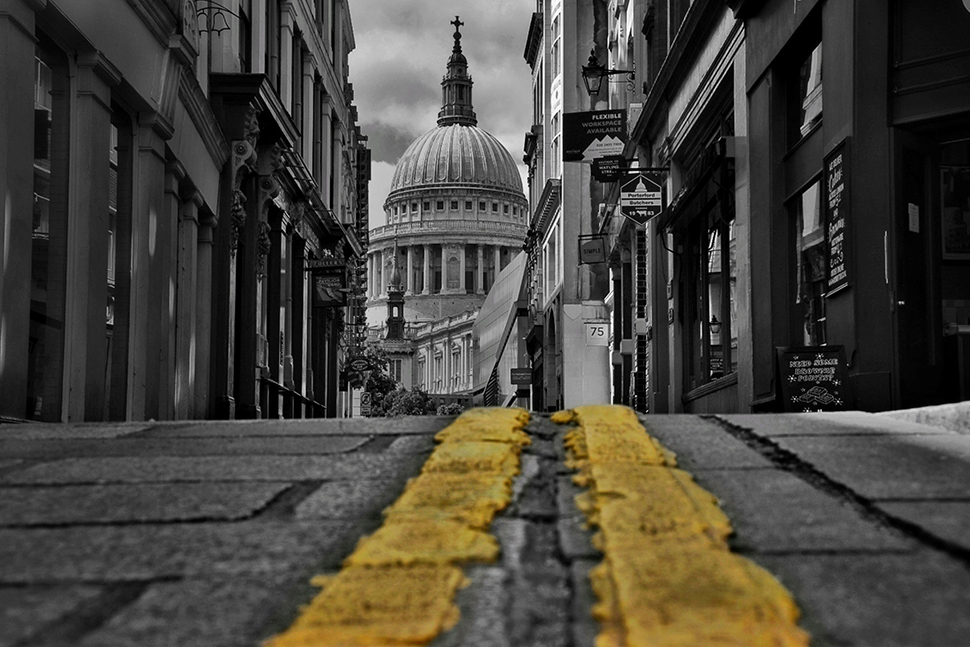
I’ve always loved leading lines. You need to have a clear subject for the viewer to be led to – and what better example than St Paul’s Cathedral? This quiet street nearby offered a great chance to get down low and capture a quirky image of the famed building. It took several minutes to adjust my focus with Wide-Area AF, along with Vibration Reduction. I wanted the double yellow markings to stand out just enough so the landmark in the distance would remain in focus. I was delighted I managed to capture a clear scene with no pedestrians, as that would have changed the image.
My street and urban photography tips
- Explore your surroundings and try something new. It could help you find a unique composition, and is a great way to allow your creativity to flow.
- Always take a spare battery (or two). The last thing you want to do is worry about conserving the battery level while you’re out in the field, experimenting with shutter speeds and different compositions.
- Take your time. Don’t rush or panic about your photography goals for the day. Enjoy the process of developing your photo skills and creating content. Be curious about your environment and let your imagination run wild.







